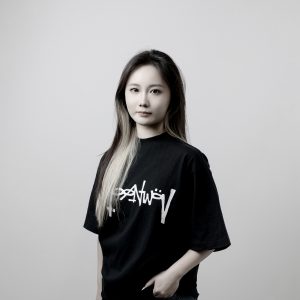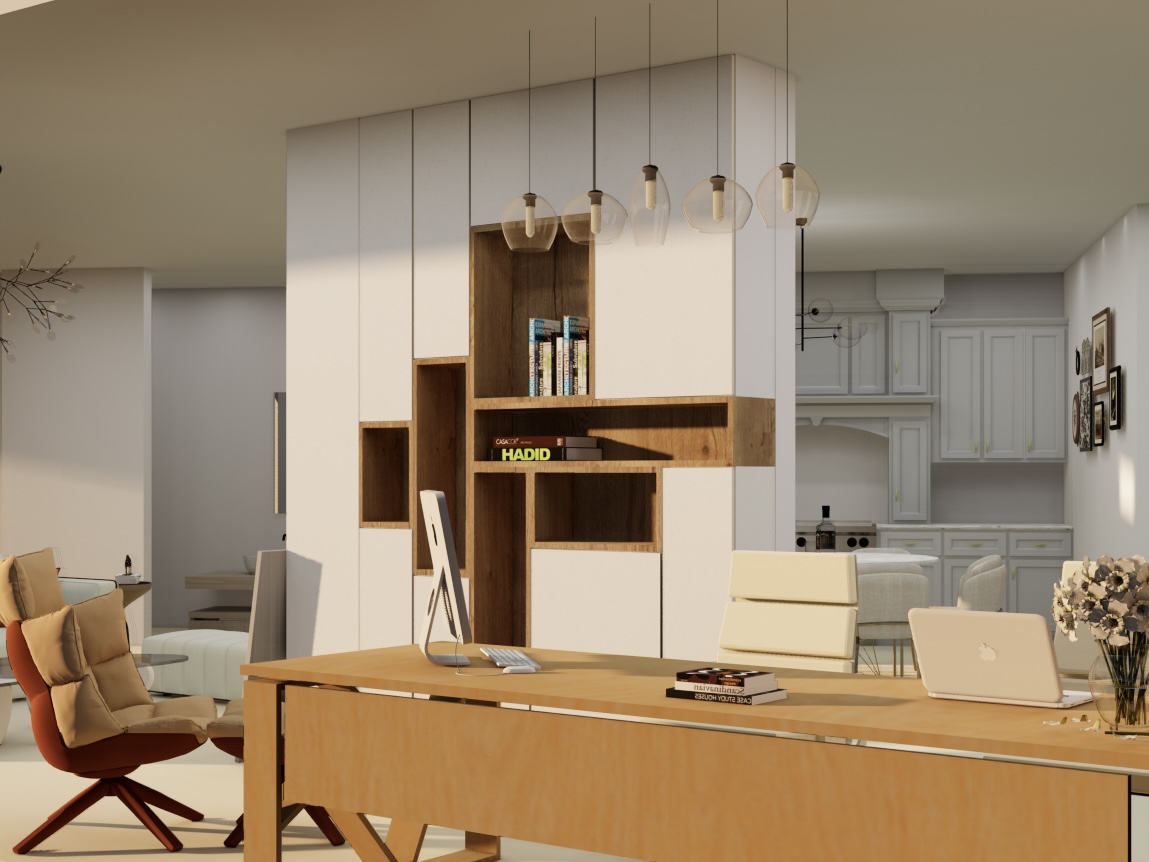I’m a designer, dreamer, and nature enthusiast. My love for art and design shapes the work that I do.
Sijia He
Project 1:
Left-behind children are usually taken care of by other family members, relatives, neighbors, or fellow villagers. Their parents are often not around, and they can only keep in touch with them through the telephone and the Internet. Due to the long-term lack of parental companionship and care, left-behind children are prone to face physical and mental health, learning, social problems, etc., and need attention and support. The project provides basic education services for children in poverty-stricken areas by collecting donations, setting up bursaries, and building school buildings. The project includes not only the construction of new school buildings but also the renovation and expansion of existing schools. At the same time, it also subsidizes students from families with financial difficulties to help them complete their studies.
Project 2:
The French creamy style creates a warm, cozy, and inviting atmosphere perfect for a family of three. The key elements include soft, neutral color palette: The walls, furniture, and textiles feature a soothing palette of creams, soft grays, and muted pastels to foster a sense of tranquility. Delicate chandeliers, gilded mirrors, and porcelain vases add elegant French flair, while family photos and potted plants make the space feel lived-in. This aesthetic strikes a balance between formal and casual, allowing the father, mother, and daughter to relax and entertain in equal measure within their charming, French-inspired family home.
Project 3:
This is an industrial-style workstation. Its biggest feature is exposed building materials such as metal, wood, and concrete – raw materials that are displayed rather than hidden behind panels. The muted color palette focuses on neutral tones such as gray, black, and brown. Bright colors are rarely used. Cool colors help keep the studio rational. The open spaces and high ceilings give a sense of space and ventilation. At the same time, it also provides a space for rest, so that designers can better combine work and rest and improve work efficiency.




